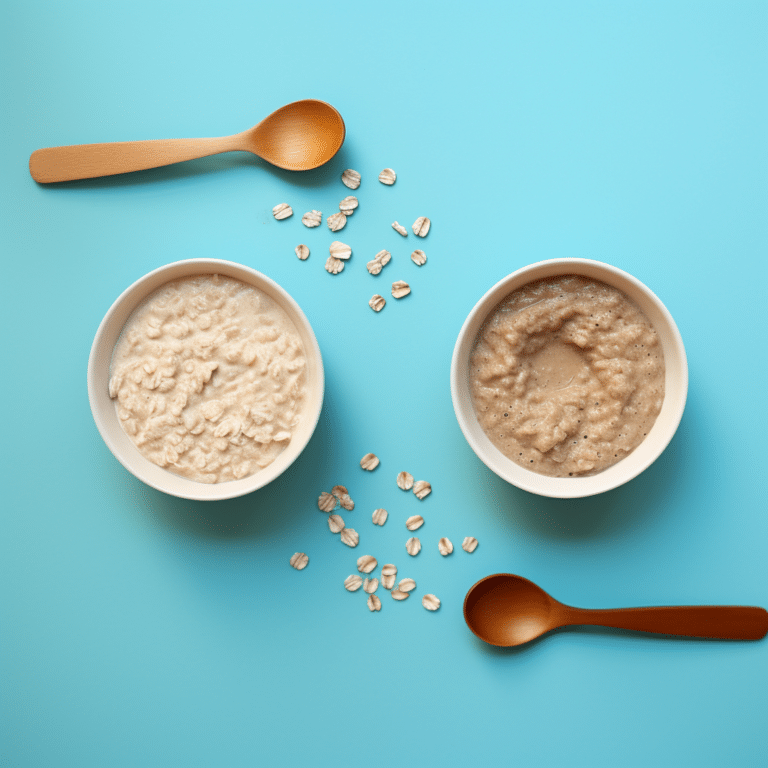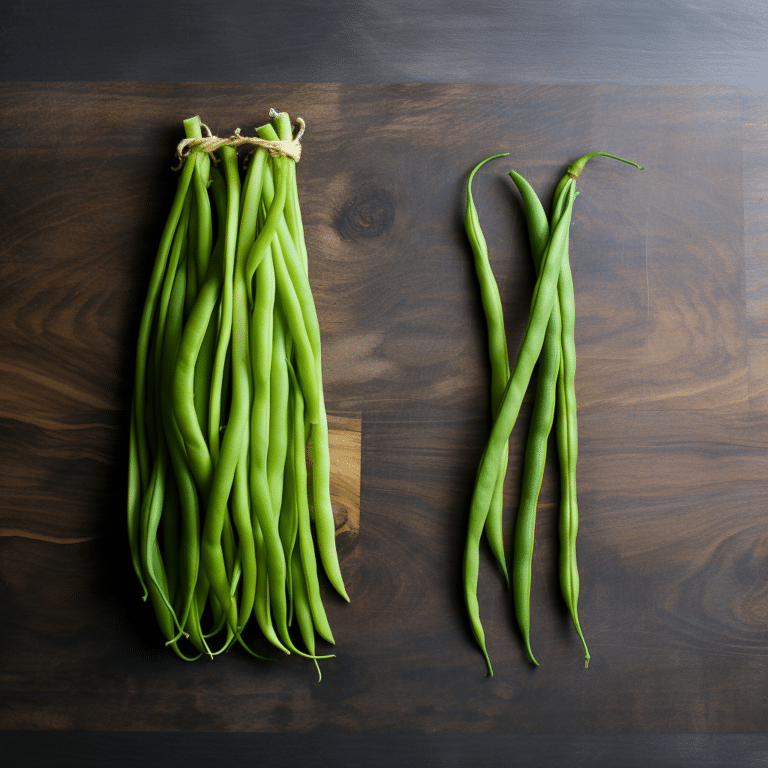Mint vs. Peppermint: Differences, Culinary Uses, and Benefits
Mint vs. Peppermint: Differences, Culinary Uses, and Benefits is the general name given to the menthe family of plants. It has several species, the most distinct being peppermint and spearmint. The other varieties of mint herbs are similar in many ways, but it is hard to distinguish between them. Mint has light green leaves that are hairy and square, while peppermint is purple with round, dark green leaves.
Mint has got a strong flavor and higher menthol content compared to other species of mint. When you need a sweet, mild mint flavor, you go for mint, but when you require a strong minty flavor you opt for peppermint. We look deeper at the differences between mint and peppermint in this article.

Its Mint Vs. Peppermint
The Mint
Mint is said to have originated from the Mediterranean and spread to Britain and later to America. It has a low menthol content of 0.5% and has a sweet, warm, mild, and minty flavor. Its leaves are light green, hairy with rough edges. It is commonly used in dishes that don’t require a strong flavor.
Nutritional Value Of Mint
In two tablespoons of mint powder, you will get 22.4 grams of calcium, 51.5mg of potassium, 6.8mg of phosphorus, 1.5mg of Vitamin C, 0.4 gm of protein, and 0.8gm of protein. Mint also contains Vitamin A, B complex, iron, and manganese.
Culinary Uses Of Mint
Mint is used in a variety of dishes, fresh or dried, to garnish meals as excessive heat could deplete the flavor of these herbs. It can be used in marinades, salads, ice creams, teas, hot or cold beverages, candies, and chewing gums; the list is endless.
Medicinal Use
Mint has been used since ancient Greek as a medicine. In the modern age, it is used for the treatment of;
- Digestive problems.
- Tension headaches.
- Irritable bowel syndrome.
- Coughs and other respiratory complications such as asthma.
- Skin blemishes and acne.
Health Benefits Of Mint
- The active ingredients of mint might help improve your brain power.
- Mint might help in boosting immunity.
- It helps in fighting nausea and morning sickness in pregnant women.
- Mint oil helps treat cracked nipples.
- It is excellent for oral health. After a meal, you could go for a mint candy, chewing gum, or fresh leaves for a fresh breath. However, you should not substitute brushing with mint.
- It contains antimicrobial properties that help fight diseases and infections.
- Mint is good for skin care. It keeps the skin toned and soft and prevents itching.
- Mint is used in hair treatment as a shampoo or extract.
- The refreshing, soothing sensation could help alleviate stress and depression.
Peppermint
Peppermint is a hybrid between spearmint and watermint. First used in Europe before spreading to other parts of the world. It has dark green, round, thin leaves and purple veins. The highest menthol content among all species of the mint family at 40%. Peppermint is the most commonly used species of mint. It has a strong flavor and aroma that makes it an excellent option for dishes or drinks that require a minty flavor. Manufacturers use it for candies, chewing gums, soaps, and shampoos due to its potent smell.
Nutritional Facts
Two tablespoons or 3.2 grams of peppermint contains; 2.24 calories, 0.48 grams of carbohydrates, 0.12gm proteins, 0.26gm fiber, and 0.03gm of fat. It also contains potassium, magnesium, phosphorus, Vitamin A, C, and iron. The active ingredients in peppermint are menthol, menthyl acetate, limonene, pinene, pulegone, terpenoids, and flavonoids.
Culinary Uses
Peppermint has a strong flavor and aroma. If used in large quantities, it could overpower a dish. It is best used in herbal teas, ice creams, marmalades, marinades, beverages, essential oils, candy, and tablets.
Other Uses Of Peppermint
Due to its strong smell, peppermint is helpful as a pest and rodent repellent. It is also used in shampoos, soaps, detergents, toothpaste, and creams. Peppermint extract can be used in organic farming and as a fragrance.
Health Benefits Of Peppermint
Peppermint has a load of health benefits including ;
- It is a natural painkiller that helps relieve muscle, nerve, and joint pains.
- Its soothing sensation helps in fighting colds and coughs.
- It contains antimicrobial properties that help fight diseases and infections.
- Peppermint has antiseptic properties and can be used in the treatment of minor wounds.
- It is helpful in fighting inflammation as it contains anti-inflammatory properties.
- It can help fight insomnia, anxiety, and bedsores.
- Cracked nipples can be stressful to a nursing mother. A few drops of peppermint oil could help treat the nipples.
- It is used in fighting germs that cause periodontal infections, thus boosting oral health.

Side effects Of Mint
Though it has many benefits, excessive consumption of all species of mint could be harmful. Some of the side effects are;
- It could cause heartburn and irritation of the abdominal walls due to its acidity.
- It could affect the absorption of iron supplements.
- It might interfere with drugs such as cyclosporine, medicines for high blood pressure, heart disease, and stomach acidity.
- It could cause allergic reactions such as itchiness, irritation, nausea, vomiting, skin rashes, and swelling of the lips and tongue.
Summary Of Differences Between Mint And Peppermint
| Description | Mint | Peppermint |
| Appearance | Light green, square, hairy leaves with rough edges | Dark green, round, smooth leaves with purple veins. |
| Flavor | Strong | Mild |
| Smell | More intense | Mild |
| Menthol content | 40% | 0.5% |
| Origin | Middle East and Europe | Mediterranean, Britain, and later the US. |
Mint vs. Peppermint: Differences, Culinary Uses, and Benefits is a general name given to the mentha family of plants but commonly refers to many other species. Peppermint is the hybrid between spearmint and watermint. It has a higher menthol content in comparison to other mint species. Peppermint has a more strong flavor and aroma compared to mint. For a sweet mild flavor, mint would be the best option, but for a strong flavor and aroma, peppermint is more suitable.






